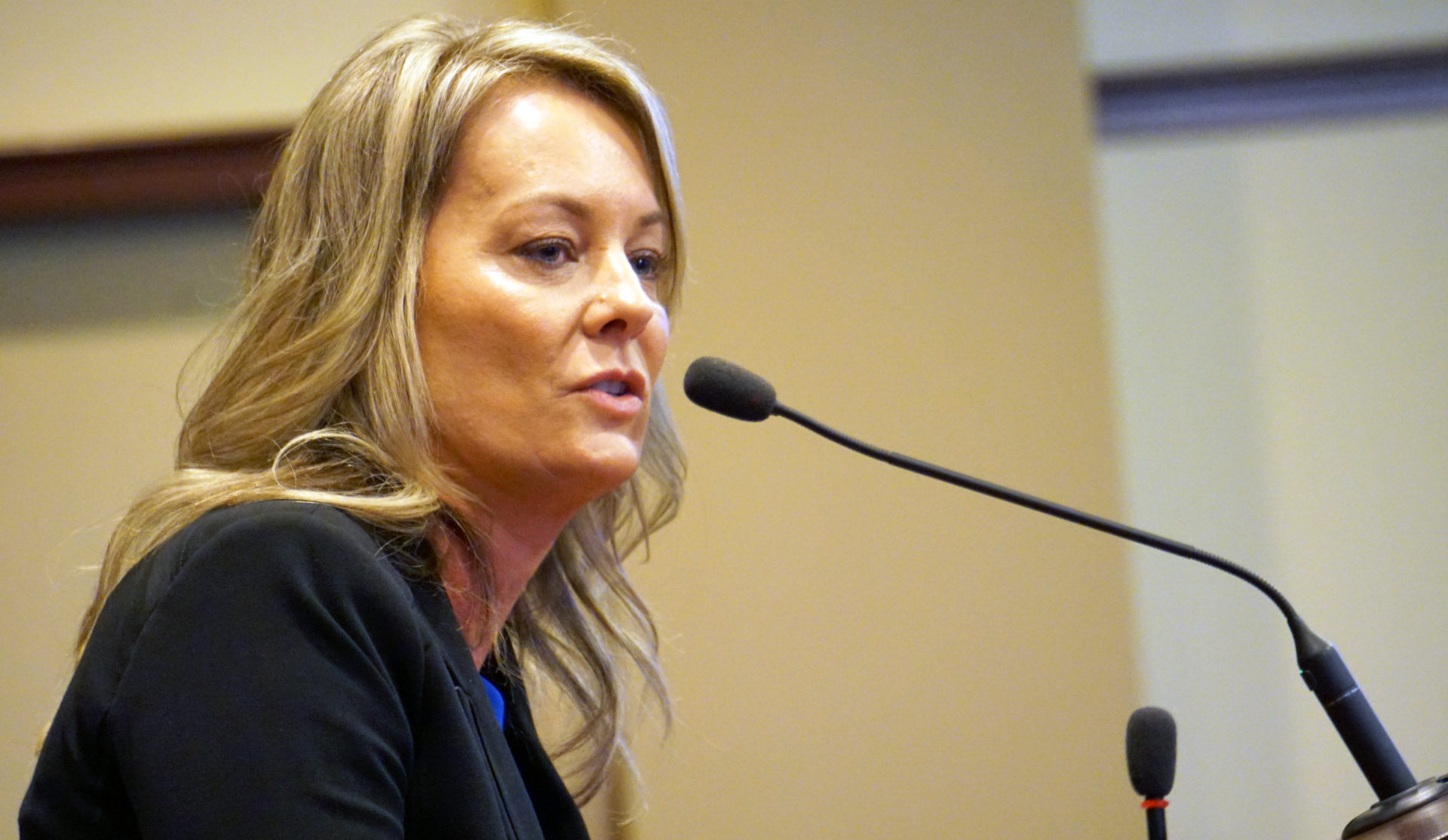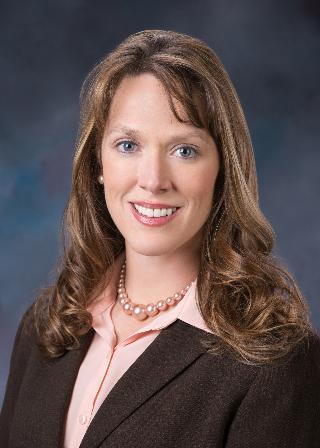Idaho’s immunization rate dropped this school year, as immunization “opt-out” numbers increased sharply.
Nearly 5,600 kindergarten, first-grade and seventh-grade students are attending school without a full battery of immunizations, a number a state official called “concerning.” Idaho’s opt-out numbers have increased by nearly 25 percent in two years, far outpacing enrollment growth.
Idaho law outlines — but doesn’t exactly require — a battery of immunizations. For kindergartners and first-graders, the list includes vaccinations covering diphtheria, tetanus and whooping cough; measles, mumps, and rubella; polio; hepatitis A and B; and chicken pox. For seventh-graders, the list also includes vaccinations for spinal meningitis and tetanus, diphtheria and whooping cough. However, parents can decide to opt out of immunizations.
This is one reason why Idaho’s immunization rates remain well below 90 percent. Health officials recommend an immunization rate of at least 90 percent to prevent the spread of contagious diseases such as measles. A higher rate can help protect children who cannot be vaccinated for medical reasons — a concept known as “herd immunity.”
Idaho’s immunization opt-out rates have been among the highest in the nation. And while health officials in 10 states have reported cases of measles already in 2019, the Idaho Legislature is making it easier for parents to opt out.
The guidelines, and the numbers
Idaho’s immunization guidelines cover kindergarten, first grade and seventh grade. So this year’s Department of Health and Welfare numbers, released Thursday, cover students in these three grades:
- In all, 86.5 percent of students are fully immunized, down from 86.8 percent the previous two years.
- The immunization opt-out rate reached 7.7 percent, an all-time high. A year ago, the opt-out rate was 6.9 percent. The vast majority of parents say they are opting out on religious or personal grounds.
- Putting this new opt-out rate into student numbers, 5,570 students were lacking at least one of their immunizations. That 5,570 figure exceeds the number of kindergarten, first-grade and seventh-grade students in the Boise School District. It also exceeds the number of kindergarten, first-grade and seventh-grade students enrolled in every charter school across the state.
- Immunization rates are missing — or incomplete — for 4.8 percent of the state’s students. This translates to more than 3,400 students.
- The remaining students were in school on a conditional basis, to allow parents time to get their kids current on immunizations. This translates to about 1 percent of all students.
The 86.5 percent rate is a conservative estimate. Additional students are partially or even fully immunized — even though records are spotty, or parents have filed opt-out paperwork with their schools.
Health and Welfare sees room for improvement.
“We would like all children to receive the recommended doses of vaccines because it protects those children from disease, and also dramatically reduces the likelihood for disease outbreaks,” said Kathryn Turner, the state’s deputy epidemiologist, who oversees the agency’s immunization program. “Exemptions among school-aged children are concerning, especially when they are non-medical.”
The implications for schools

In June, state superintendent Sherri Ybarra co-wrote a letter with then-Health and Welfare Director Russell Barron, advocating for a 94 percent immunization rate to limit the spread of childhood disease.
Only 11 of Idaho’s 115 school districts hit this target this year — and that list includes three of the state’s tiniest school districts: Three Creek and the Pleasant Valley and Swan Valley elementary school districts.
On the other end of the spectrum, 10 small districts have immunization rates of under 70 percent.
None of the state’s 10 largest districts hit the 94 percent plateau, but eight of them at least topped the state’s 86.5 percent rate. The lone exceptions were Coeur d’Alene and Twin Falls. (Click here to download the district-by-district data.)
Public schools must accept students regardless of their immunization status. That changes only during a disease outbreak. At that point, schools can exclude students who aren’t fully immunized — even if parents have filed an opt-out form with the schools.
State rules, and pending legislation
The 2019 Legislature’s record on immunization sends a mixed message.
On the one hand, legislators narrowly adopted a rule that adds a 12th-grade meningococcal vaccine to the state’s list of guidelines. This vaccination, like all others, is subject to parental consent.
But while their counterparts in Washington are looking to tighten immunization rules, Idaho lawmakers are making it even easier for parents to opt out.
They have upheld a rule allowing parents to opt out simply by submitting a letter to their neighborhood school, rather than filling out a two-page form. This rule, proposed by the state’s Board of Health and Welfare, was in effect for 2018-19, but now it will be on the books permanently.
The problem, says Turner, is that the rule allows parents to turn in an exemption letter just to buy time and get their kids enrolled in school. These parents might have every intention of getting their kids immunized, but get sidetracked.
“The ease of this process is a concern,” Turner said Thursday.

And lawmakers might not be finished.
On Monday, the House passed a bill to require public schools and private schools and child-care centers to provide parents with information about opt-out guidelines — at the same time they provide information on the state’s immunization guidelines.
Health and Welfare is taking no position on House Bill 133, which still must pass the Senate. The agency wants parents to understand the importance of immunizations, Turner said, but the agency also recognizes parents’ rights to opt out.
HB 133’s supporters — including its sponsor, Rep. Priscilla Giddings, R-White Bird — couch the proposal in terms of transparency. They say parents do not understand their rights, or are unaware of them.
Health and Welfare’s numbers tell another story.
In 15 counties, from Central Idaho to the Canadian border, immunization opt-out numbers are above 10 percent. And that includes the counties in Giddings’ legislative district: Bonner, (23 percent), Idaho (22 percent), Shoshone (18 percent) and Clearwater (14 percent).
